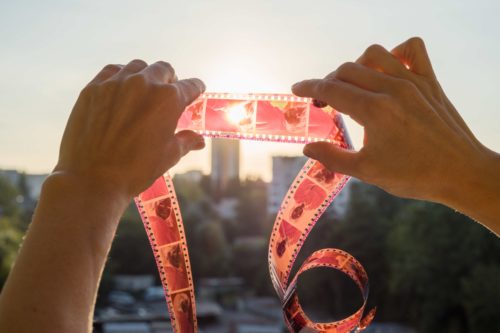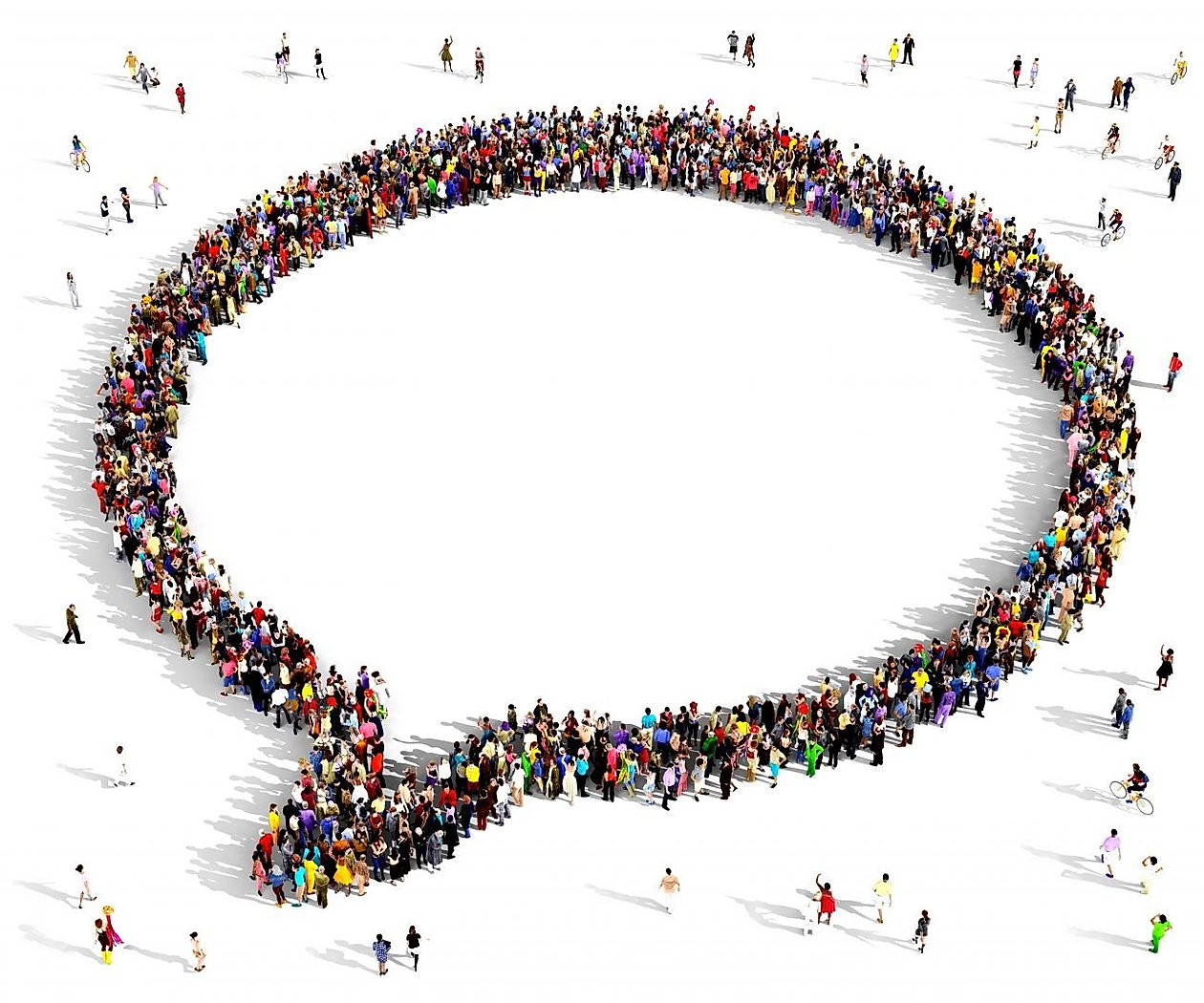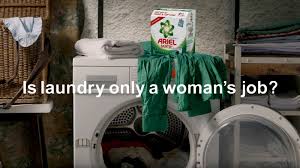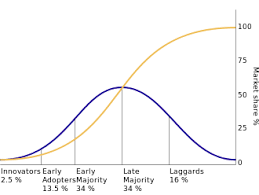Designers understand the greater power of recognition over recall, which is why interfaces for complex systems use familiar iconography and layouts (think of the design of graphical user interfaces on computers from the early days into the present). Why do market researchers so often ignore this rule and rely on participants to remember the things they do, the brands they know and their opinions about obscure topics that they rarely think about?
It is well understood that human memory is fallible and is helped when we recognize things that we have previously experienced rather than being asked to recall those things from memory (read more here). Mere exposure to things gives us the ability to recognize, even without information on the origin, context or relevance of the memory. Recall relies on the memory trace that we have experienced something before, through any of the senses.
Our capacity to recognize is almost unlimited. In one experiment in the 1970s, students were shown 10,000 pictures (each for 10 seconds), and then were asked to come back one week later and compare pairs of pictures (one from the original set and one new). Students accurately identified the correct picture in 90% of cases after one week, demonstrating that our capacity for recognition is infinitely greater than our powers of recall. Arguably, the experiment shows that a solid representation of the previous perception remained in memory, but needs a trigger (i.e., through recognition) to be retrieved from memory.
Recognition is a form of recall, where a stimulus matches closely with something in our memory. Images use the full extent and the most reliable systems of memory. Visual processing takes up a significant part of all brain processing, with visual processing and visual memory taking place in the same brain structure (that is when we look at a picture the brain structure that interprets the image is the same as that which holds any memory of the image). Images are much more memorable than numbers, letters or words, and almost instantly processed by the brain to extract any meaning and relevance. For example, when we go back to a location, we don’t just remember the place, but what we did there, who we were with, and how we felt.
Memories tie together images, sounds, words and emotions, but as Franzen and Brouwen write, “the subjective experience of remembering something almost always goes together with reliving an event visually”. If you want to understand if something is relevant or meaningful to someone, your best chance is to show them an image or representation that corresponds with that thing.
That’s why TapestryWorks research approaches focus on visual tools that can help people to remember what is important and meaningful to them, whether that is a value, motivation, feeling or sensory experience. Feelings and emotions are difficult to remember and articulate in the best of circumstances. Asking people to recall from memory is increasing the chances of inaccurate responses by adding the additional task of searching, which is also true of language-based approaches which will then need to be visualized for the process of recall.
Using images makes the task of research simpler, quicker and more intuitive. It also increases the accuracy of responses, and helps participants feel more comfortable, get closer to the truths of their lives and communicate what they want to say. Shouldn’t research be using approaches that help participants recognize responses with the right cues, rather than asking them to recall information buried deep in memory? This is why visual approaches are so powerful, effective and accurate.
REFERENCES
The Forgetting Machine: Memory, Perception, and the “Jennifer Aniston Neuron” by Rodrigo Quian Quiroga
The Mental World of Brands: Mind, memory and brand success by Franzen & Bouwman






